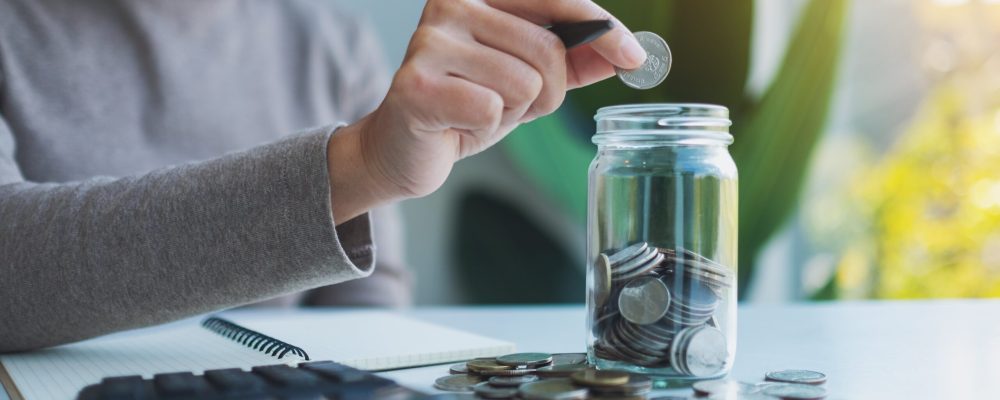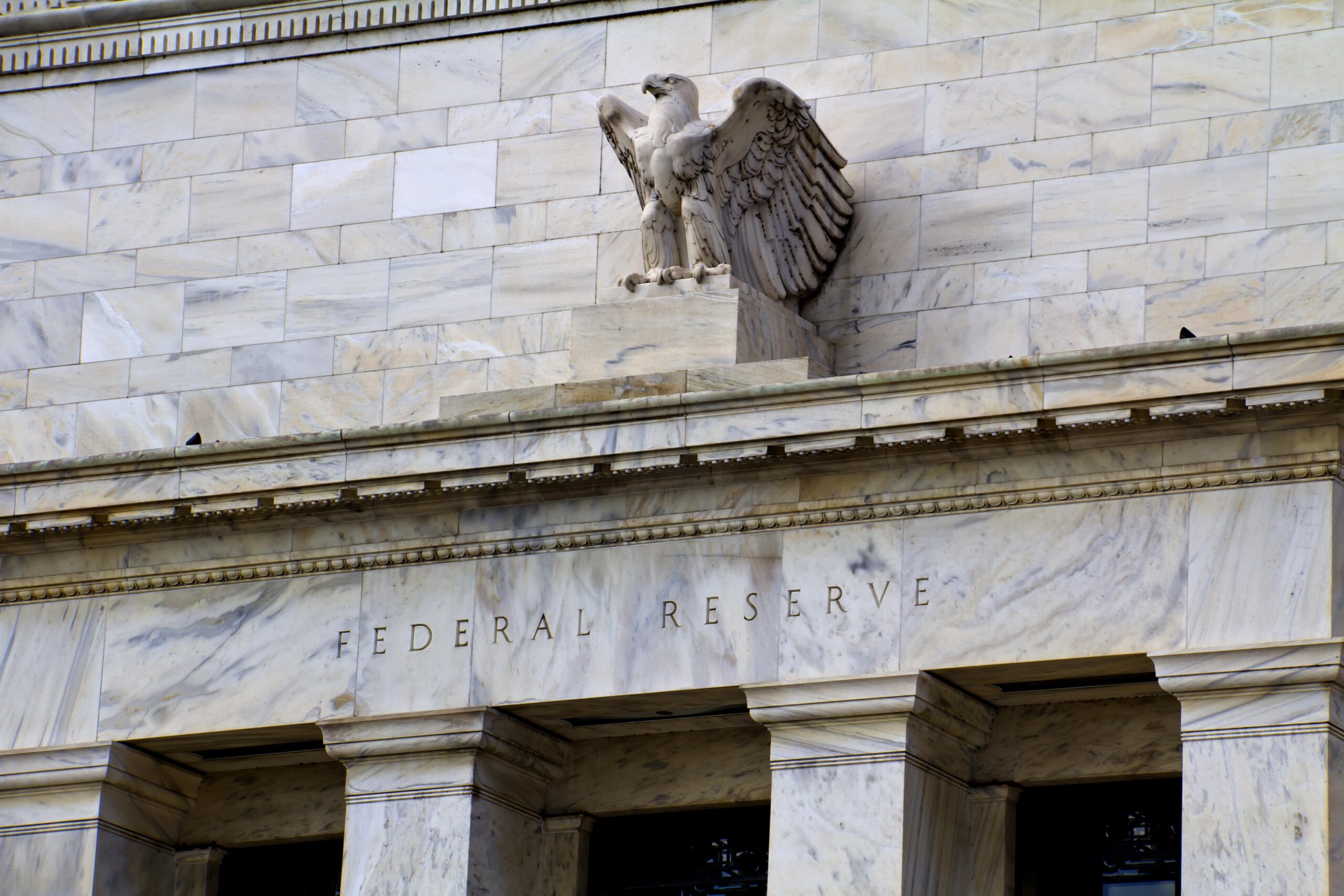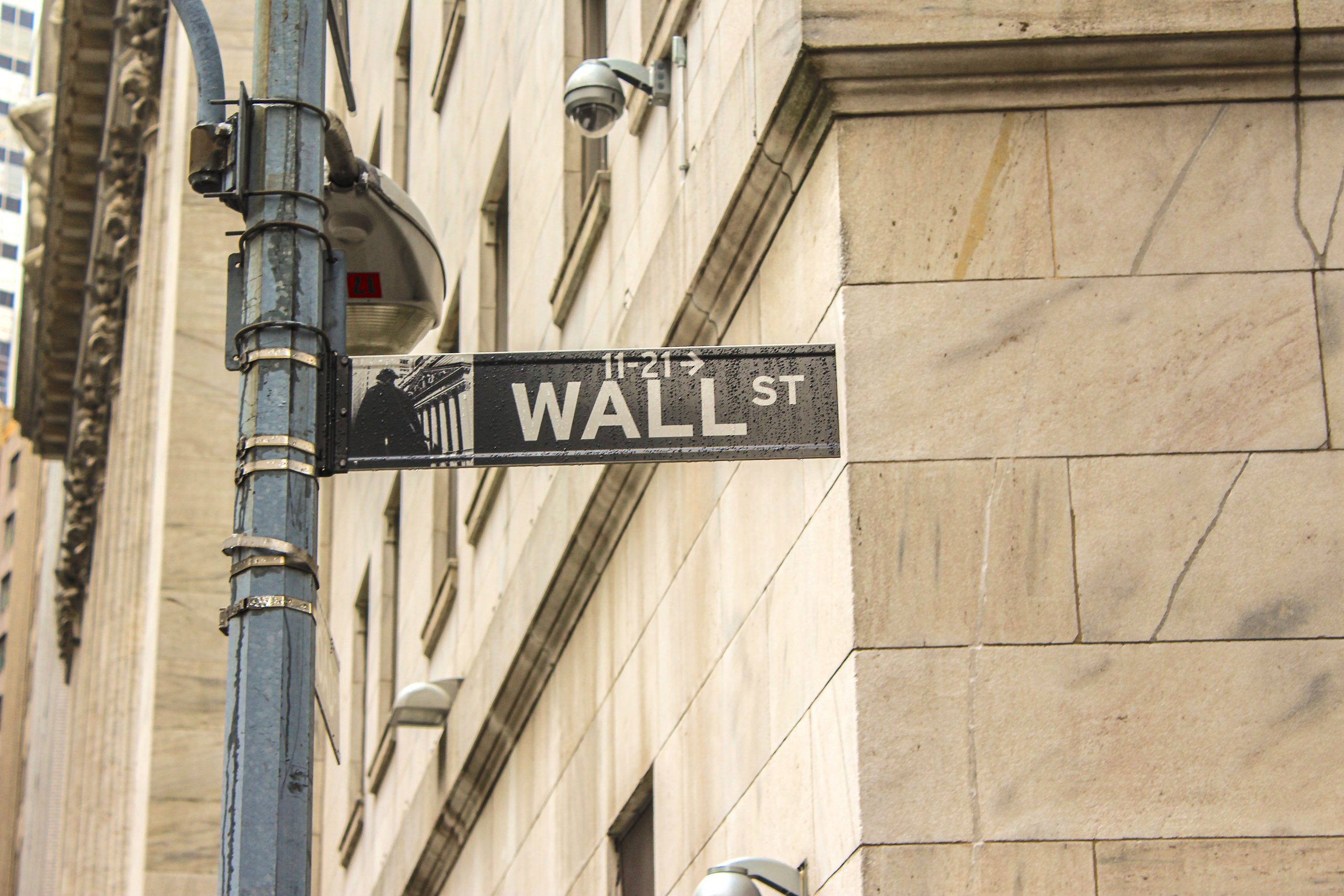
The information provided is based on the published date.
Key takeaways
- Almost half of all Americans say they couldn’t pay an unexpected bill of $1000.
- An emergency fund creates a safety net for “surprise” expenses.
- Depending on your situation, an emergency fund should cover 3 to 6 months worth of expenses.
- You can automatically save for emergencies by depositing a portion of your paycheck into your emergency fund.
- Keep emergency funds in an account that’s safe and easy to access, ideally in a high yield account that generates higher interest than a typical bank savings account.
If you got hit with an unexpected bill for $1000, could you pay it?
A recent survey by U.S. News found that half of all Americans don’t have $1000 in spare cash to cover an emergency expense.
For larger expenses, no doubt even fewer people have the money they’d need to cover something like that. And that’s where an emergency fund comes in. It sets aside money for those surprise expenses that have a way of cropping up.
So what is an emergency fund? How much should you have in one? And where should you keep that money? Let’s walk through it.
What is an emergency fund?
An emergency fund is cash set aside for, well, an emergency. It can cover the deductible if you’re in a car accident, pay for a home repair, new refrigerator when yours goes out, or tide you over while you’re job hunting if you get laid off.
Think of an emergency fund as something more than a checking or savings account for everyday bills and expenses. It’s a dedicated extra account that you set aside for unexpected expenses.
Or, put simply, it’s your financial safety net.
Why do you need an emergency fund?
Without the safety net of an emergency fund, an unexpected expense can lead to anything from a financial headache to a major setback. For example, it can:
- Cause you to cancel a trip you’ve planned on taking for months.
- Run up a credit balance or cause you to miss payments, which can knock down your credit score quickly.
- Take you months to recover from. Some expenses can take years instead, and in extreme cases even lead to bankruptcy.
Obviously, absolutely none of that sounds good at all. And that leads to another big benefit of a healthy emergency fund – you’ll sleep better. An emergency fund gives you more financial freedom to make the best decisions when the unexpected happens.
Say your company announces layoffs. You have a cushion while you find a new job, which means you’ll have less stress and you won’t get stuck taking the first job offer you receive.
Maybe your fridge gives out for the last time. You can replace it with a nice new one and still take that summer lake trip after all.
That’s the power of an emergency fund.
How much should be in your emergency fund?
For most people, an emergency fund should have enough money to cover 3 to 6 months of expenses. That rule of thumb will vary, though. If a partner or someone else is providing some of the household income, you might need less in your emergency fund. If you’re responsible financially for children or older family members, work in an uncertain industry, or find yourself in a company with high turnover, you might want to set aside more.
Ultimately, the right answer comes down to what’s going to give you peace of mind. Some people have emergency funds that can cover a year of expenses. It all depends on where your emergency fund fits into your financial life. Your planning team can help you decide what that looks like for you. It’s not a decision you have to make alone.
Where should I keep my emergency fund?
You’ll want two things from your emergency fund account: the first is a place that’s safe, and the second is one that has quick and easy access.
Safety means no risk. The account is insured by the FDIC, and it won’t lose value in market downturns. Quick and easy access means exactly that. You can get your money right away.
Better yet, look for a “high yield account” (HYA) that generates interest as it sits and waits for a so-called “rainy day.” In this way, an emergency fund HYA becomes a part of your overall financial planning. It creates even more returns for you as you pursue other goals. like long-term investments, paying down high-interest debt, and simply saving for goals big and small.
Another benefit of keeping your emergency fund in an HYA is that the interest helps you keep up with inflation. The money you keep in an HYA retains its value better over the long term as inflation spikes and falls.
Our Facet HYA offers a great option. Currently, typical bank savings accounts currently float around 0.42% interest, according to the FDIC. You can compare that interest rate to ours, which is typically around 4%.*
How can I build my emergency fund?
Get started on your emergency fund ASAP, even if you have to start small.
If your employer offers direct deposit to more than one account, have a portion of your paycheck deposited into your emergency fund before you even see it. Otherwise, set up an automatic transfer every payday from your regular bank or credit union account into your emergency fund. Either way, you “pay yourself first,” which is one of the financial planning cornerstones.
Regular contributions will see your emergency fund grow – along with your peace of mind.
Some people take the extra step to build their emergency fund with a side hustle. Whether you drive, deliver, sell on Etsy, or turn a hobby into a money-maker, another source of income can make it easier to build an emergency fund. Commit to putting some or all your side hustle earnings on a regular basis, which can grow your emergency fund that much more quickly.
Once again, your planning team can help you set up your emergency fund as part of your overall financial planning. A CFP® Professional at Facet can help you figure out how much you should have in it and ways you can start saving for it today.
*Facet’s high-yield account is a brokerage account offered through Apex Clearing. Apex Clearing is not a bank.The cash balance in the highyield account will be swept from the brokerage account to deposit account(s) at one or more third-party banks (Program Banks) that have agreed to accept deposits from Facet members. The Program Banks will pay a variable rate of interest. Members are generally eligible for FDIC insurance coverage of $250,000 per member, per Program Bank, for each account ownership category. Account ownership by category capped at $5 million. All accounts through Apex are covered by SIPC while the funds in the high-yield account invested in the program banks are covered by FDIC. Since inception in November 2023, and the publishing date of this article, Facet’s high-yield account interest rates have varied between 3% & 4% however these rates are not guaranteed, nor an indication of future rates.
Facet
Facet Wealth, Inc. (“Facet”) is an SEC registered investment adviser headquartered in Baltimore, Maryland. This is not an offer to sell securities or the solicitation of an offer to purchase securities. This is not investment, financial, legal, or tax advice. Past performance is not a guarantee of future performance.


